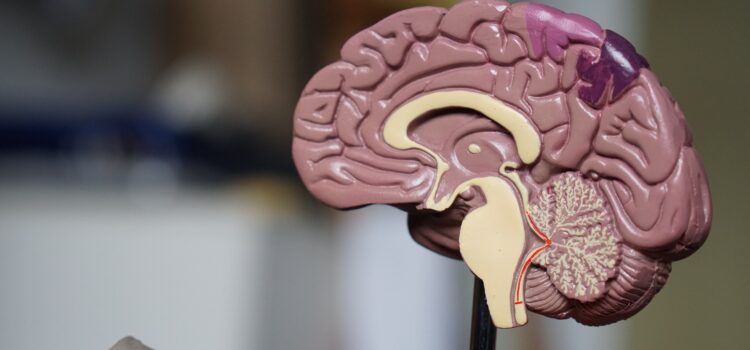What is psychotherapy? What are the benefits of psychotherapy? Psychotherapy is a type of therapeutic method where a patient talks to a psychologist or psychiatrist to help them overcome problems or increase happiness. It’s one of the most well-known methods of therapy and has many benefits. Below, we’ll look at four benefits of psychotherapy so you can decide if it’s right for you.
The 4 Proven Benefits of Psychotherapy










